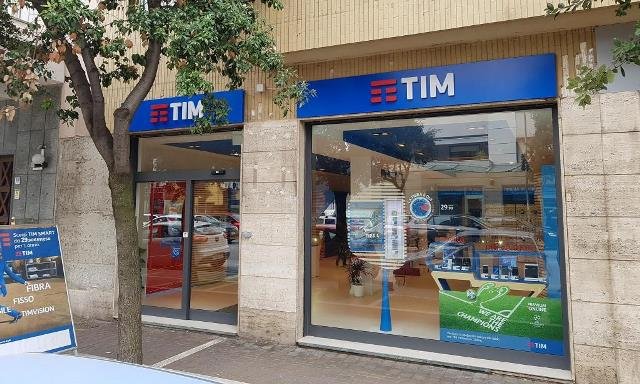TIM SA has revealed the company’s success from investment in digital transformation that assisted in improving customer experience in Brazil.
 TIM’s revenue rose 3 percent to R$4,340 million in the first quarter of 2021.
TIM’s revenue rose 3 percent to R$4,340 million in the first quarter of 2021.
Capex
Capex totaled R$ 1,324 million in 1Q21, up by 46.5 percent compared to 1Q20. TIM has begun to prepare itself for the integration of Oi Mobile assets. Investments are being allocated to infrastructure (95 percent of the total), mainly to projects in IT, 4G technology through 700 MHZ, transport network and FTTH expansion (which received approximately 9.6 percent of 1Q21 investments).
The network’s rollout continued to accelerate, prioritizing the consolidation of already active clusters. The total of homes passed grew 39.9 percent YoY, with the total number of locations stable compared to the last quarter (27 cities and 7 administrative regions).
Capex allocated to infrastructure projects (Network + IT) surpassed 95 percent, using analytical tools to ensure efficient allocation of resources.
Some of the most important initiatives
# Expansion of the fiber optic network (backbone, backhaul and FTTH)
# Network sharing agreements
# Frequency refarming
# Carrier aggregation
# Site densification
TIM said it is committed to expand of the 4G coverage to all Brazilian cities by 2023.
TIM aims to install multiple data centers to enhance experience, being 14 DCC (Data Center Core) and 19 DCE (Data Center Edge) – 33 in total at the end of 1Q21.
TIM aims to expand 4.5G coverage to 1,480 cities in 1Q21 and expand 700MHz frequency for 4G use in 3,468 cities by the end of the year; and expand VoLTE to 4,086 cities; extend refarming of 2.1 GHz frequency in 4G, reaching 338 cities.

TIM said its mobile infrastructure sharing agreement with Vivo is geared towards efficiency in Capex and Opex allocation.
Digital
TIM’s efforts to simplify self-service and boost digital sales channels have generated positive results. Its postpaid digital sales rose 35.4 percent, while Consumer Control increased by 23.7 percent. TIM Live’s digital sales gained relevance, posting 30.4 percent growth. The digital recharges mix increased by 15.8 p.p. compared to 1Q20.
TIM is using artificial intelligence at the customer service center. These innovations bring benefits to customers, by implementing tools that can automatically identify possible problems in the services provided to users, suggesting corrective measures, or solving them.
TIM’s cognitive self-service provide voice responses, in natural language and in real time, to consumers’ doubts or demands about the benefits of each plan, invoice payment, in addition to other services such as hiring data service, unblock lines, question information and others.
TIM had 4 million self-services per month on average through the cognitive assistant. Since its implementation in 2020, over 34 million calls have come through the new cognitive IVR, of which 12 million only in 1Q21. TIM expects to reach 50 million cognitive services by the end of the year.
Meu TIM app, which is an important tool to achieve the digital goal, achieved 15 percent growth in the app’s monthly average of unique users. TIM achieved 29.7 percent drop in human interactions showing the digital channel’s importance, reducing dependency on call centers.
TIM said digital mechanisms for billing and payment kept their growth pace in the quarter. Invoices delivered through digital channels posted 19.4 percent growth, with a base penetration of 77.2 percent (+11.1 p.p.)
The number of customers digitally paying up their invoices rose 19.9 percent representing a penetration of 75.3 percent (+7.7 p.p.), TIM said.
